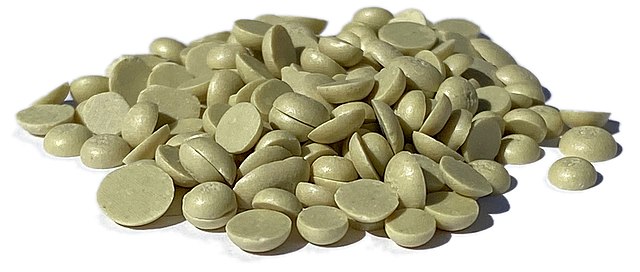A farmer in Karawang, West Java in Indonesia has used liquid maggot fertiliser and boosted rice production by 25%. His results could pave way for further research on the nutritional benefits of this hydroponic fertiliser.
The farmer known as Ruskim began his fertilising routine after 7 days of planting rice seedlings. He regularly sprinkled the organic fertiliser made from decomposed black fly larvae until 75 days after planting.
He has been using 750 milliliters of liquid maggot for every 17 litres of water to boost his paddy crop. In-between the sprinkling days, the farmer has also alternated with Urea to give the plants another organic nitrogen dose.
Overall, he has employed liquid maggot 5 times over the average 3-month rice growing duration in the tropics. Ruskim told Indonesia’s agricultural site Trubus that he sprayed the product on the 7th, 15th, 22nd, 25th and 75th days.
This development in Indonesia is happening when research for safer soil enrichments is ongoing to reduce chemical damage.
At the same time, on February 27, the government of Indonesia pledged to raise the amount of fertiliser subsidies to 9.5 million tonnes in 2024. This will bring down costs and help farmers like Ruskim access organic soil enrichment agents in sufficient quantities.
Switch to Liquid Maggot
Despite the research, the switch to this organic alternative has had its limitations. There is a lack of a suitable composition that provides enough potassium nutrients similar to those from conventional fertilisers such as NPK.
To solve this problem, researchers have been combining liquid maggot with fruit waste and organic matter from popular consumer sources including hotels. These combinations could boost the potassium levels but may not meet those of phosphorous, another vital nutrient.
In the Indonesian case, Ruskim used 210 kg of urea per hectare when the plants were 25 days old to supply missing nutrients.
Additionally, a dose of 5.6 liters of liquid maggot at the age of 2 months helped the rice draw sufficient vitamins in time for developing grain pods.
In short, the application of new organic alternatives to conventional fertilisers is not only a yield booster but sustainable, too.
